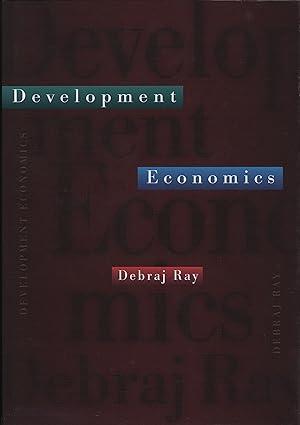In this question we review various aspects of the capacity curve. (a) Look at the energy balance
Question:
In this question we review various aspects of the capacity curve.
(a) Look at the energy balance equation (13.1) that we studied. Recall that it reads as follows:

where x is energy input, r is resting metabolism, q is energy required in work, and b is borrowing from the body. When will borrowing be negative or positive? What do you think happens if the individual has to continue to borrow from bodily stores to meet work needs? Let’s suppose that body stores are held in the form of fat. It’s well known that storage is more costly than borrowing (you need more energy to store 1 gram of fat than 1 gram of fat will release). Assuming this is true, think about which of two individuals will have a better long-run nutritional status: person A, who has a fixed energy input, or person B, who faces a fluctuating energy input with the same average intake as A? What kind of implications would this have for individuals who earn their living from casual labor markets, where employment is uncertain?
(b) Now look at the long-term implications of storage and borrowing for body mass. Let’s use specific numbers for this question: Suppose that resting metabolism needs 30 calories per day for every kilogram of body weight. Next, assume that there is only one kind of task to be done in the economy, which requires an expenditure of 1,000 calories per day. Suppose, finally, that the wage rate allows you to consume 2,500 calories per day. Figure out the long-run body weight (in kilograms) for a person who is working under this environment. Try and describe the time path of body weight if you start from a different body weight than the long-run level.
Step by Step Answer:






